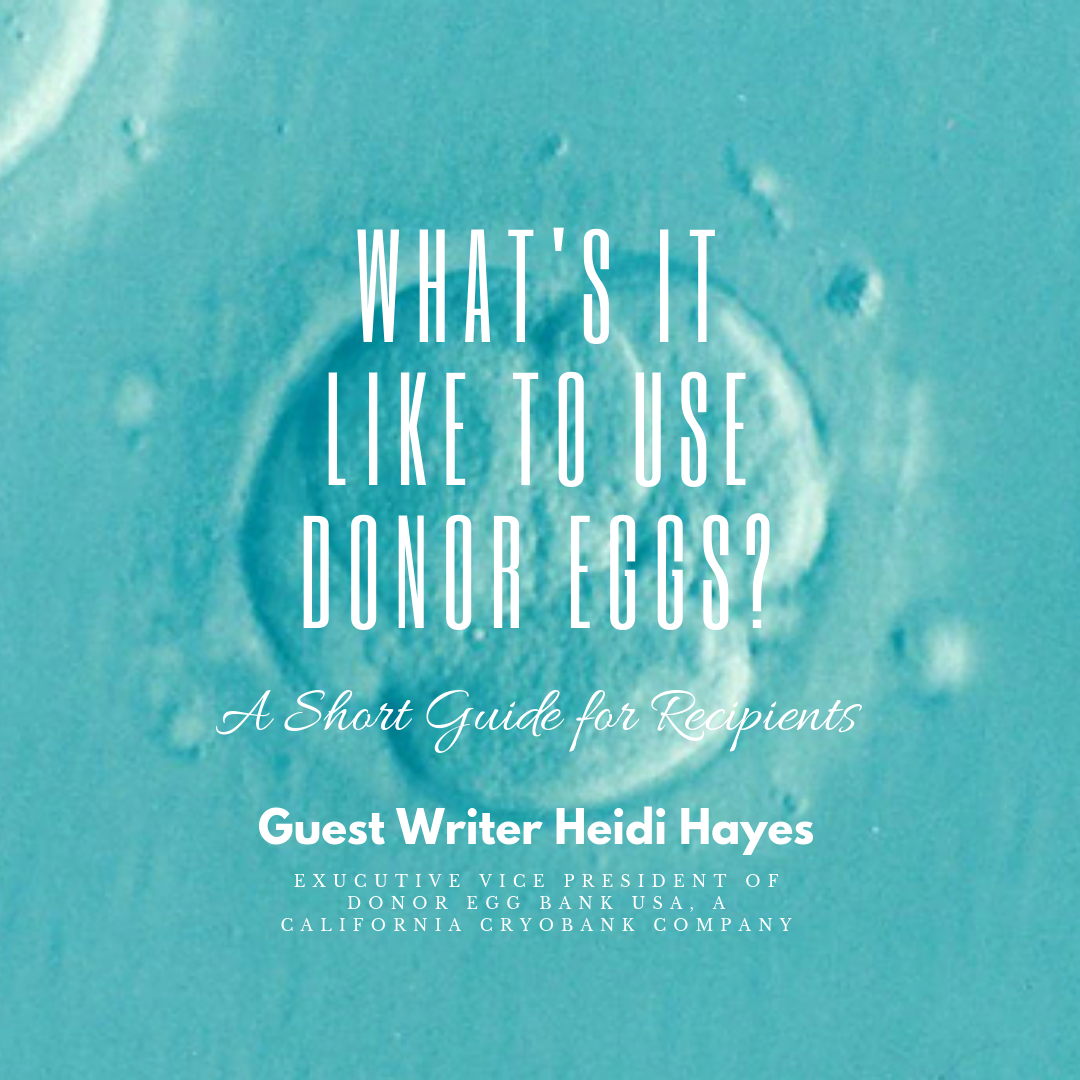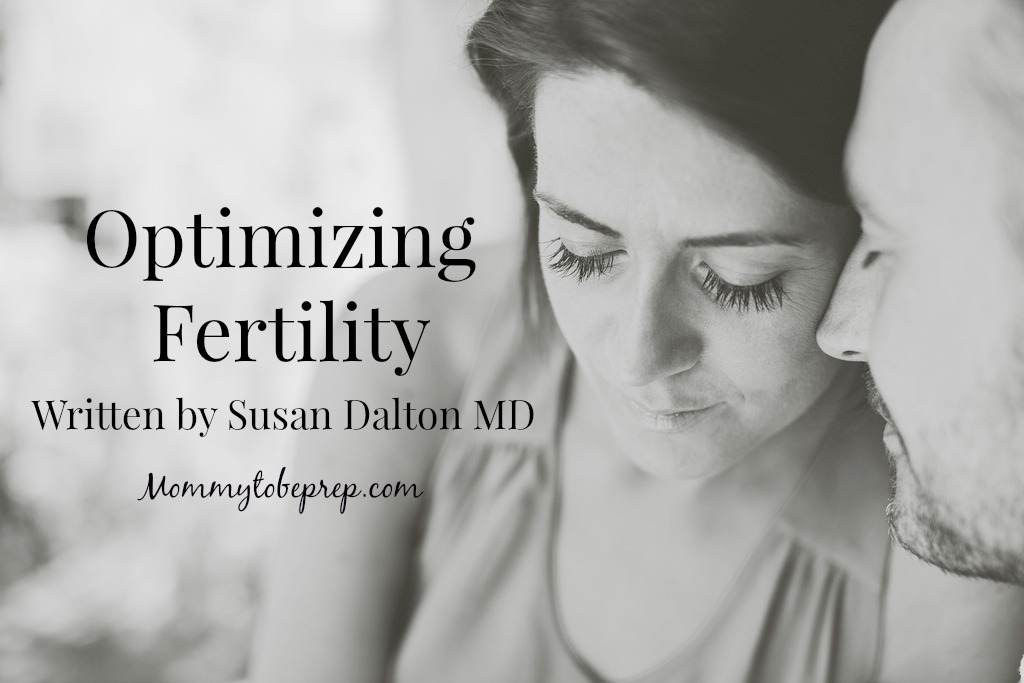




As some one planning on specializing in reproductive medicine, I actually don’t like the term “infertile,” or the phrase that we often hear that some one is “struggling with infertility.” It’s very rare for a woman to be either 100% fertile, or 100% infertile, which those bipolar terms imply. I think we would be better informed speaking of fertility on a sliding scale (with most couples falling somewhere between 0-100% fertility), with the intention of optimizing wherever your set point of fertility happens to be.
Optimizing fertility requires awareness of one’s health, a little bit of basic science education, and in some cases, reproductive specialists.
Health & Wellness
This is the first box to check before thinking of conceiving!
Nutrition
Your diet should be the foundation from which you receive all nutrients necessary to sustain a pregnancy, and any supplementation should be the insurance policy that you have to make sure you get any vitamins and minerals missed in your diet
- I’m an advocate for real food when preparing to conceive (or afterwards), which basically means that you eat whole vegetables and fruits, whole grains, and whole-fat dairy, grass-fed meat, and pastured poultry and eggs.
- Fertility foods: adding these nutrient-dense foods to your weekly diet are thought have fertility-boosting benefits:
- Wild-caught fish and fish-roe
- Oysters, clams, mussels
- Liver (although, admittedly, I was never able to incorporate this one into my diet)
- Butter & full-fat dairy
- Limiting, or eliminating, these substances can help to increase fertility: caffeine, alcohol, smoking, and sugary drinks and foods.
Supplementation
- Prenatal vitamins – any prenatal vitamin with at least 600 mcg of folic acid (vitamin B9) is recommended.
- Cod liver oil – I made sure to take this supplement every day for at least two months before I became pregnant, and every day throughout my pregnancy to ensure that I was getting enough omega-3 fatty acids, EPA, and DHA. It also contains high amounts of vitamins A and D.
Weight
The extremes of weight (being too thin, or too overweight) can cause fertility issues; and it is unsafe to try to diet during pregnancy, so the best time to reach an optimal weight is prior to conceiving.
Exercise
Any type of exercise that is not overly strenuous or requiring too much balance can (and should) be safely continued throughout pregnancy. Exercise and has many benefits like promoting faster post-pregnancy weight loss and shorter labor-times.1,2 However, pregnancy is not the time to start a new exercise regimen, so it would be best to have a regular exercise regimen established pre-conception. Exercises like yoga, pilates, jogging, and swimming are great options.
Stress
Stress reduction can help to optimize fertility, and is usually achieved by activities that promote overall wellness as an added benefit. Consider adding in activities like meditation, exercise, acupuncture, and massage.
Science
Understanding when ovulation occurs during a typical female cycle can make your initial attempts at conceiving more successful.
For some background: female cycle lengths can vary, anywhere from 21 – 45 days; and it doesn’t really matter how long they are, as long as they occur consistently. I will choose 30 days as an example here.
The three most important hormones to discuss: estrogen, progesterone, and luteinizing hormone (LH).
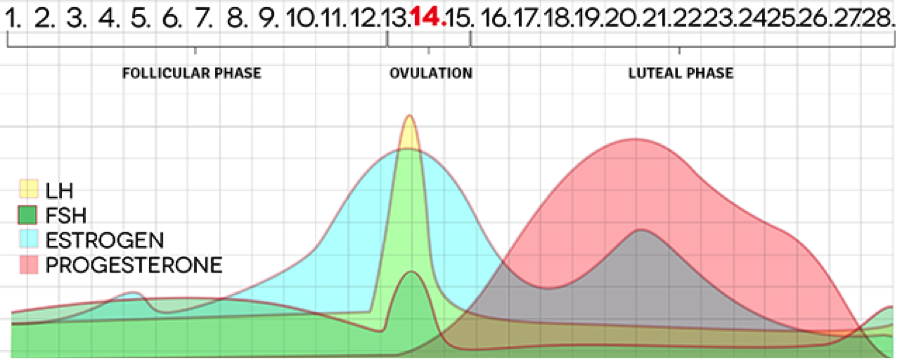
Estrogen dominates the first half (follicular phase – days 1 – 15) of the cycle and builds up the lining of your uterus. Progesterone dominates during the latter half (luteal phase – days 16-30) of the cycle, and make the uterine lining more hospitable for implantation. The luteinizing hormone (LH) spike occurs around two weeks before the last day of your cycle, and stimulates the ovary to release an egg. Ovulation will occur ~12-36 hours after the LH surge. Your most fertile days are the 2-3 days prior to ovulation.
My advice:
- Discover when you ovulate – take one to two months to simply record when ovulation occurs during your cycle. How?
- Use a calendar to mark when the first day of your period occurs every month. This is day 1. Count how many days until the next cycle begins: this will be your total cycle length. Take the total cycle length and minus 14 days: this day is approximately when ovulation occurs (the majority of females consistently begin their period 14 days after ovulation)
- Use a digital basal thermometer to track your body temperature and log these tiny changes every day (ideally before you get out of bed, at the same time every day). There are plenty of apps that help you graph this. If ovulation occurs, your body temperature will rise by ~1°F and stay elevated through the latter half of your cycle. Ovulation occurs just prior to the steep rise in temperature, as in the graph below:
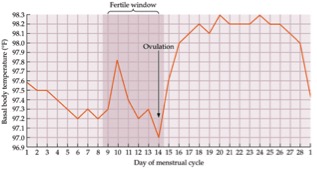
- Use LH urine strips (ovulation predictor strips), once a day, at the same time every day, beginning 18 days before your next cycle (total cycle length – 18 days) and continue for a week.
- Attempt to conceive during your most fertile days
- Have sex every other day, which preserves sperm count, as opposed to every day. Sperm can survive in the female reproductive tract for 24-48 hours (or some studies have shown up to a week).
- Begin four days before your steep rise in temperature from your basal body temperature chart, or three days before your LH strip becomes dark.
After having unprotected intercourse:
- 30% of couples will conceive within a month
- 59% in 3 months
- 80% in 6 months
- 85% in 12 months
Reproductive Medicine
10-15% of couples will not conceive after 12 months of unprotected sex. Most physicians will tell you to wait to see a specialist (reproductive endocrinology and infertility specialist) until after you and your partner have been trying for 12 months (or 6 months if you are > 35 years of age). This advice is for typical couples with no signs of decreased fertility. Do not wait this long if you have any of the following concerns:
- Irregular cycles lengths, or no cycles
- Cycles are consistent, but on the shorter side (<25 days) or longer-side (>35 days)
- Severe pain with menstruation or intercourse
- Previous STDs or infection of the pelvis (pelvic inflammatory disorder)
- Surgery of the reproductive tract
- Partner has tried to conceive unsuccessfully in the past
If you have any of these concerns, a reproductive specialist will be happy to see you after trying for any length of time.
If you and your partner do not have these concerns, but have been trying with the above “optimizing fertility” methods for 9-12 months, my advice would be that it is time to see a reproductive specialist.
References:
- Clapp JF. The course of labor after endurance exercise during pregnancy. Am J Obstet Gynecol. 1990;163:1799-1805. doi:10.1016/0002-9378(90)90753-T.
- Hall DC, Kaufmann DA. Effects of aerobic and strength conditioning on pregnancy outcomes. Am J Obstet Gynecol. 1987;157:1199-1203. http://www.ncbi.nlm.nih.gov/pubmed/3688075.
- University of California, Santa Barbara, SexInfo Online: “How Long Can Sperm Live in Air? In a Bath?” “Semen;” and “Making Strong Sperm.”
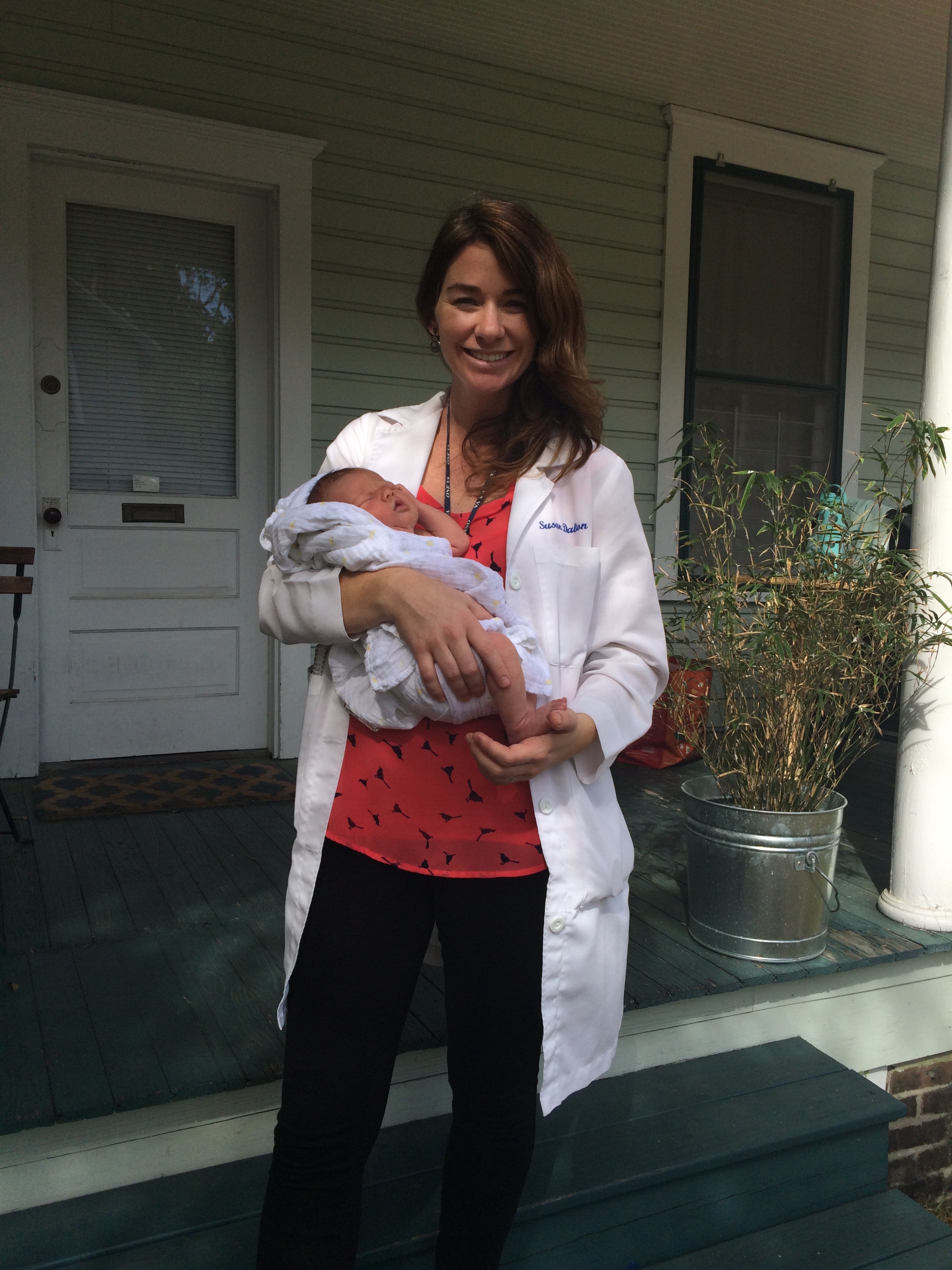
Dr. Dalton graduated from The University of Florida College of Medicine, class of 2016. She struggled with decreased fertility issues herself and is thus inspired to share her personal knowledge, paired with her medical and clinical training to serve women. She now has an adorable 11-month-old son and is waiting to start her OBGYN residency shortly. Mommytobeprep is honored to have her as a guest writer!
